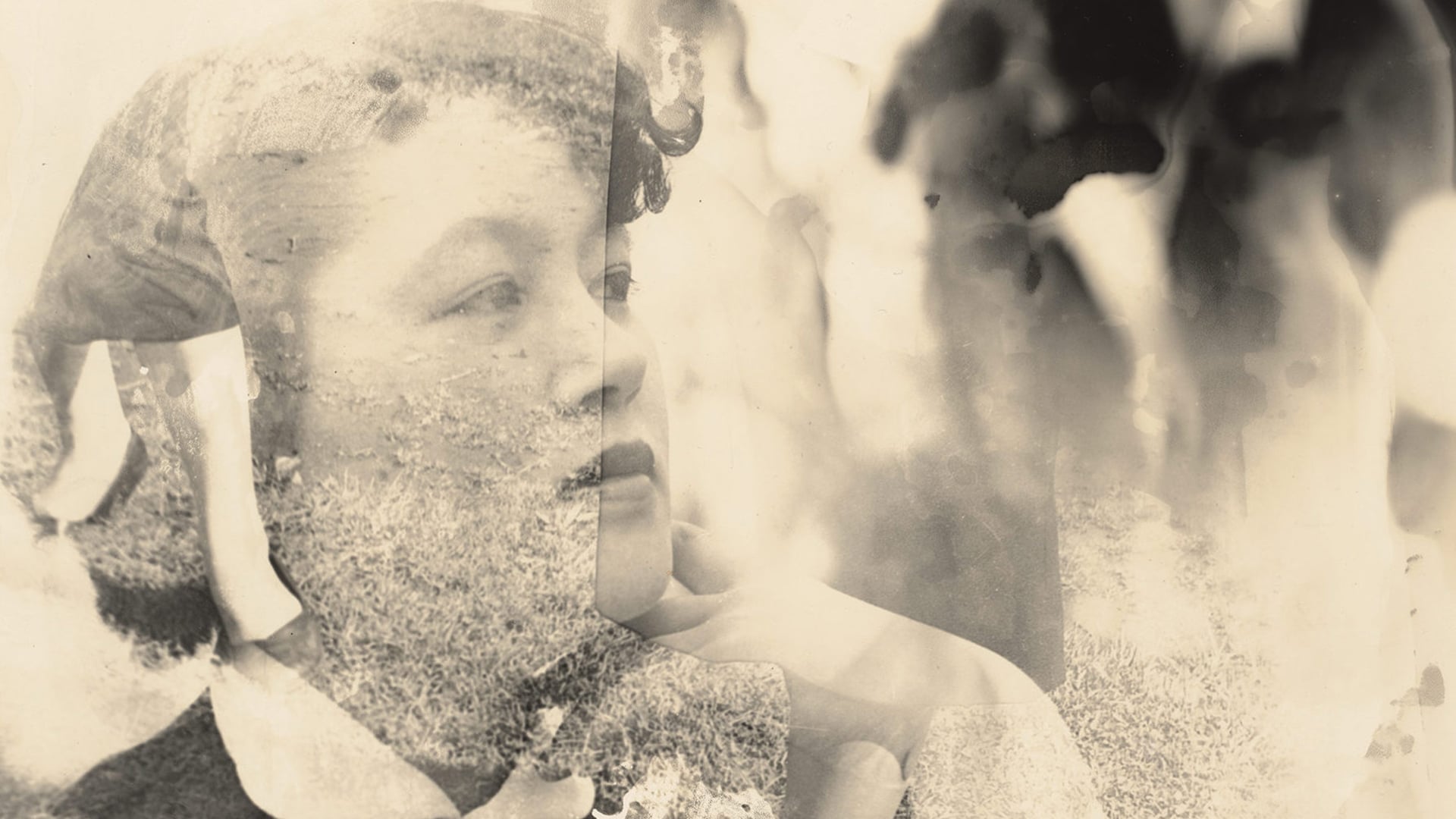The French curator has just been appointed as head of the photography department at the New York MoMA, the most famous American institution dedicated to modern art. Until recently the head of the photography department at SFMoMA, he offers Blind a glimpse into his upcoming plans and the challenges he is facing.

You’re getting blind.
Don’t miss the best of visual arts. Subscribe for $9 per month or $108 $90 per year.
Already suscribed ?



